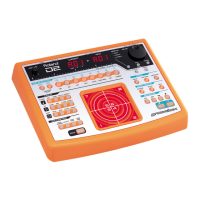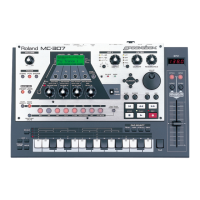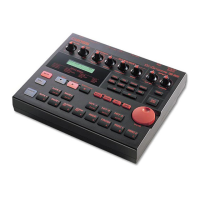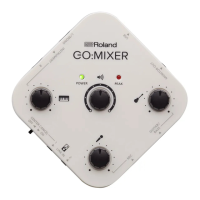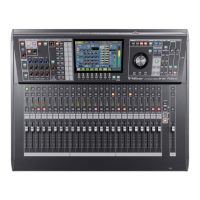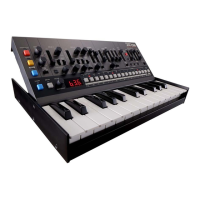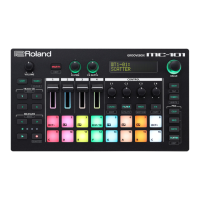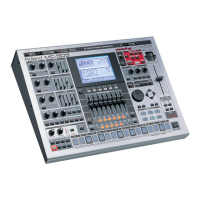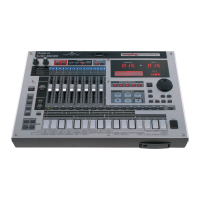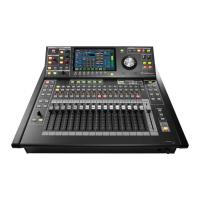Thank you, and congratulations on your choice of the Roland D2 Groovebox.
Copyright © 2001 ROLAND CORPORATION
All rights reserved. No part of this publication may be reproduced in any form without the
written permission of ROLAND CORPORATION.
Before using this unit, carefully read the sections entitled: “USING THE UNIT SAFELY” (pp.
2–3) and “IMPORTANT NOTES” (p. 4). These sections provide important information
concerning the proper operation of the unit. Additionally, in order to feel assured that you have
gained a good grasp of every feature provided by your new unit, Owner’s manual should be read
in its entirety. The manual should be saved and kept on hand as a convenient reference.
Let’s start off
by playing some sounds!
1. Press the [ ] button to start the pattern.
2. Press the [VINYL] button.
3. Move your finger in a circle on the D-FIELD.
1
2
3
Owner’s Manual
